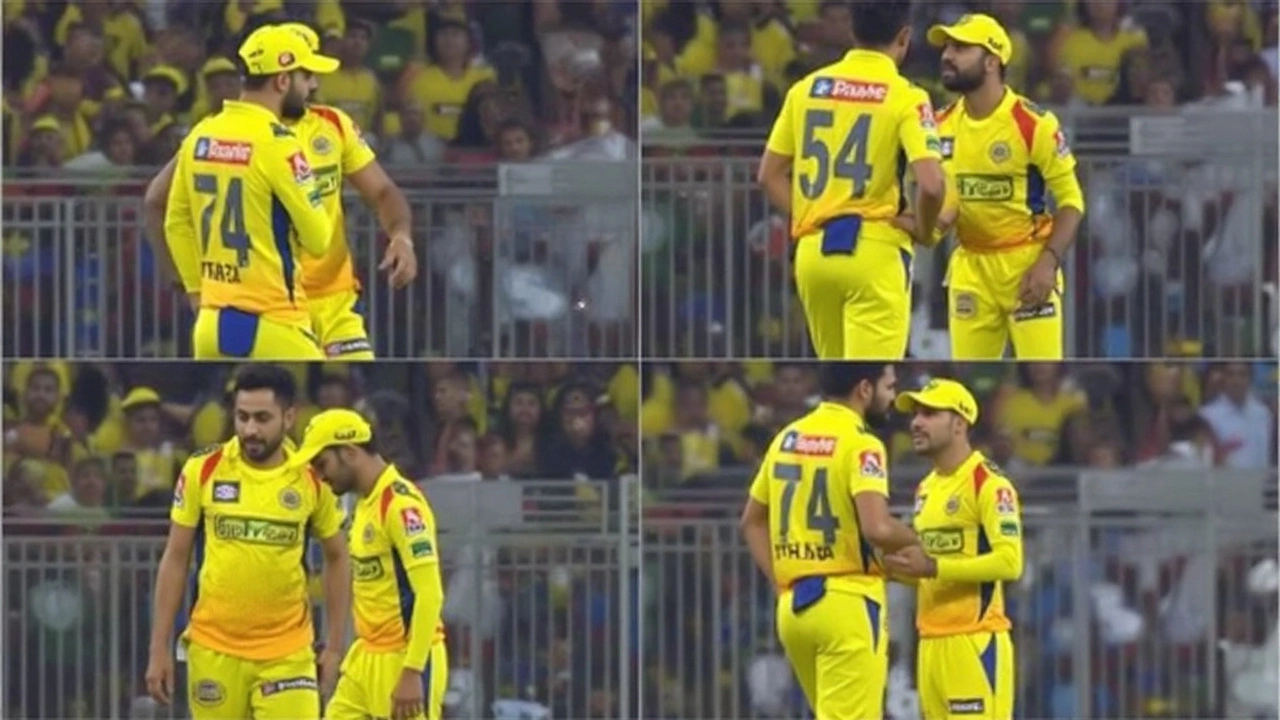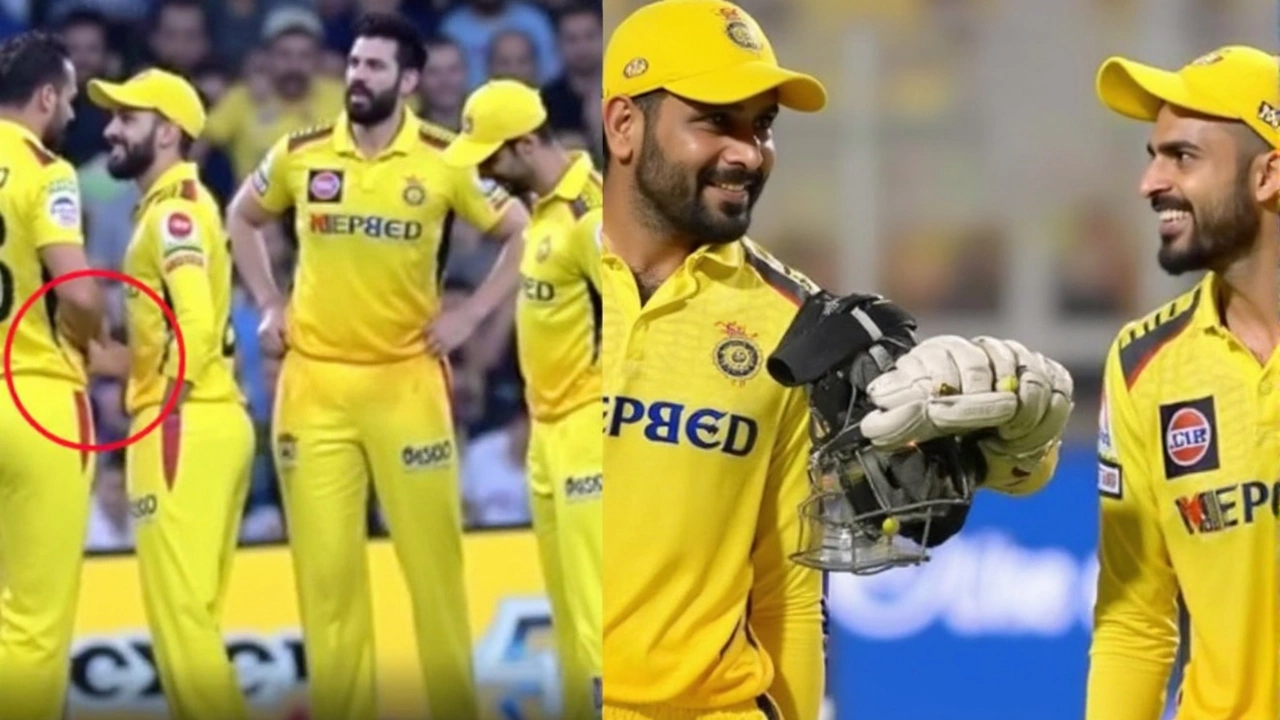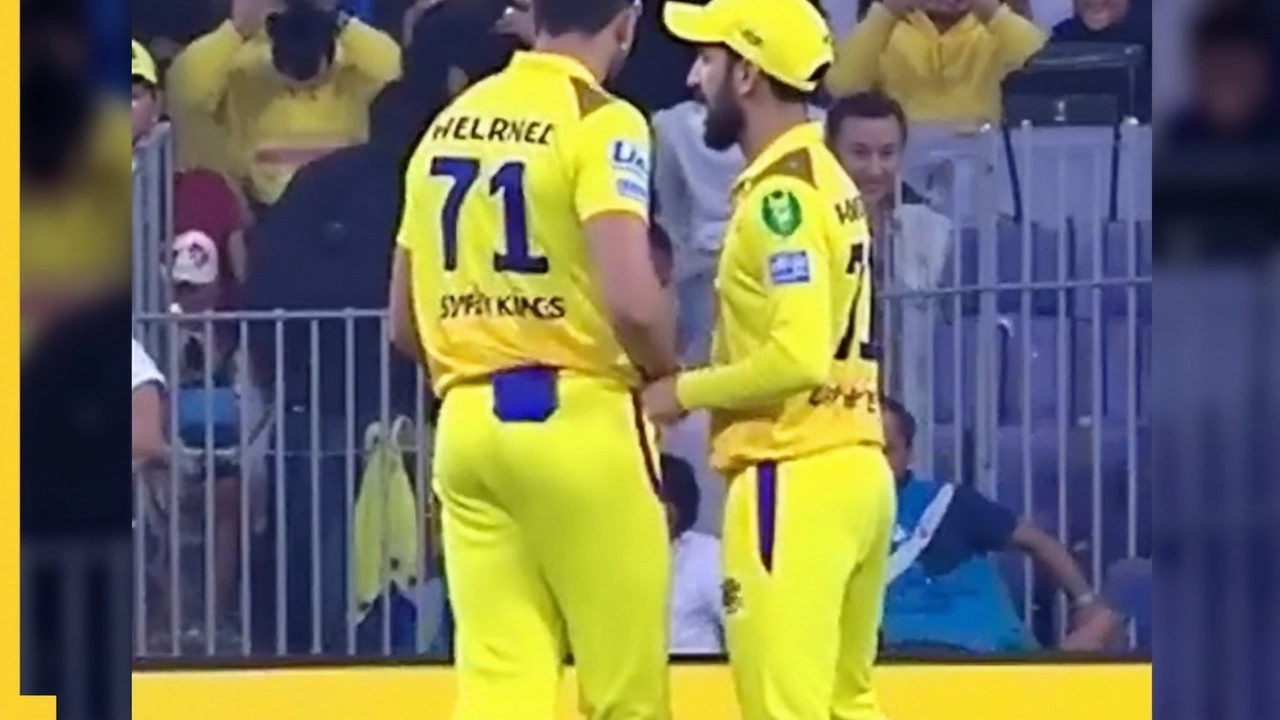Cricket Controversy
When we talk about cricket controversy, any heated dispute that erupts on the field or in the boardroom of the sport, we’re really looking at a mix of on‑field drama and off‑field power plays. It often involves IPL, the Indian Premier League, a T20 tournament that fuels fan‑fuelled debates and the BCCI, the Board of Control for Cricket in India, which sets the rules and makes the tough calls. Add umpiring decisions, the judgments made by on‑field officials that can swing a match and you have the core ingredients of the stories you’ll see below. Cricket controversy is a snapshot of how passion, politics and performance clash in real time.
One major branch of cricket controversy is selection‑related drama. When a franchise owner like Rajinikanth publicly urges a team to pick stronger players, it creates a ripple that reaches coaches, captains and even the fans. This type of dispute requires clear communication between the team management, the group that decides the playing XI and strategy and the governing body that approves roster changes. Another frequent flashpoint is player retirement. Ravichandran Ashwin’s decision to step away sparked questions about whether athletes can reverse such moves under ICC regulations, the international rules that govern retirement and eligibility. These retirement debates influence contract negotiations, media narratives, and the future talent pipeline.
Umpiring and on‑field conduct also generate controversy that spills into the media. Mitchell Marsh’s self‑dismissal and the subsequent LBW review controversy highlighted how a single decision can dominate headlines, prompting calls for better technology or stricter review protocols. When Ankle injuries force stars like Mitchell Starc to skip tournaments, the debate shifts to player welfare versus team competitiveness. Here, the relationship is clear: player fitness, the physical condition of athletes affects squad balance, and the governing board’s policies shape how injuries are managed. These intertwined factors create a web of controversy that keeps fans guessing and officials on their toes.
What You’ll Find Below
Below you’ll discover a curated list of articles that dive deep into each of these dispute types – from IPL owner interventions and BCCI policy debates to umpiring errors and retirement reversals. Each piece breaks down the facts, the key players, and the impact on the wider cricket landscape, giving you a clear picture of why these moments matter and how they shape the sport today.


